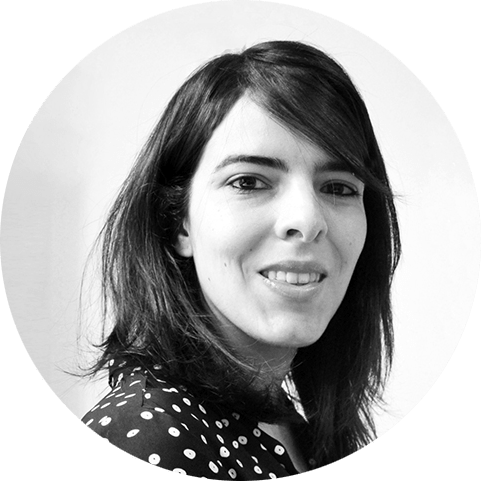Tania Oramas

"We don’t believe in the transmission of knowledge. We believe in a creative, transformative and collaborative generation of knowledge."
By designing and building a small school in a tiny rural community in Nicaragua, a group of architects, volunteers and a whole community have been giving shape to this idea. The idea is underpinned by two key concepts: LEARNING IN and LEARNING FROM the building. 27 kids and their families will LEARN IN a school where open and flexible spaces will support collaborative and experimental learning experiences. 27 kids and their families will LEARN FROM a school by making it, by learning how to use new materials and construction techniques.
In Nicaragua we LEARN IN and FROM a building… but look around you, you could start LEARNING IN this place; you could start LEARNING FROM everything that surrounds you… just understand, appropriate, redefine…
Tania Oramas is a practitioner architect and researcher, co-founder of the international collective of architects ‘knitknot architecture’.
Knitknot is established in 2013 by a group of architects, urban planners, artist and educators with the aim to explore new ways to approach the architectural practice in a more open and critical way. They defend that the aim of architecture goes beyond the built project, and different itineraries such as research, critical writing or development of projects that address social, cultural and economic issues is required to re-conceptualize the role of the architect as social agent.
Their work expand from different research projects in leading academic institutions such as The Bartlett (London), Columbia University (New York) or The Technical School of Architecture of Madrid (Spain); to their involvement in international architectural competitions or collaborations in non-profit projects. Examples are their award-winning project ‘Osurbia’, first prize in the Europan 13 for the municipality of Os (Norway); and ‘El Jicarito’, an innovative school in Nicaragua built in collaboration with the NGO ‘Seeds of Learning’.